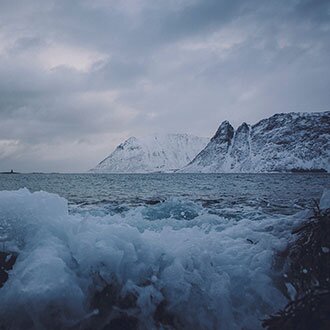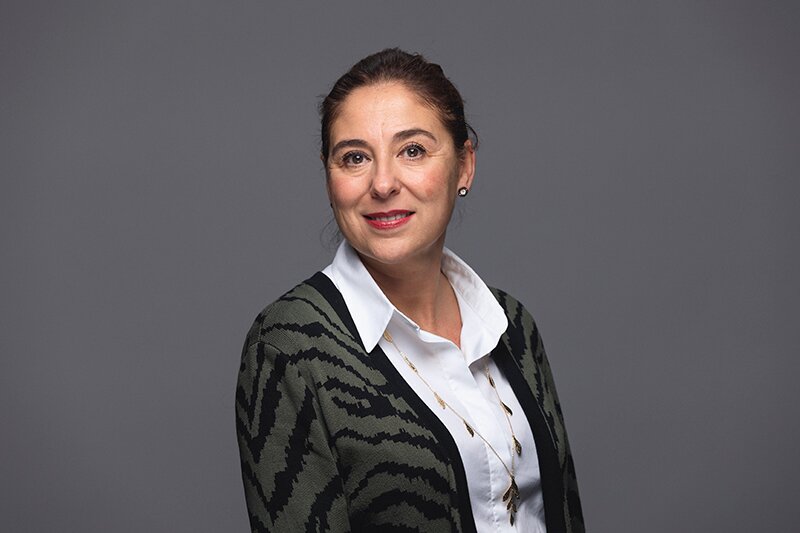Norway and the EU signed agreement on duty-free quotas
According to the new agreement, the EU will open 12 duty-free import quotas for Norwegian seafood.

Spain is an important market for Norwegian seafood. The Norwegian Seafood Council is locally represented in Madrid by our country director Tore Holvik and market advisor Maria Gonzalez.
Spaniards consume an average of 40 kg of seafood per person annually—making Spain the fourth highest in Europe. However, seafood competes with meat, which has more than double the consumption. Spain is one of Norway’s most important consumer markets for salmon. In addition, the Seafood Council works on marketing salted fish and fresh cod.
Spain is one of Norway’s most significant salmon markets, with an export value of NOK 8.1 billion in 2024. The total market for Atlantic salmon was 124,000 tonnes in 2024, and Norway held a market share of 86 percent.
Spaniards consume nearly 2.5 kg of salmon per year on average. Consumption mainly takes place at home, and nearly 80 percent of Spanish households purchased salmon at least once last year. While overall seafood consumption is trending downward, consumption of Norwegian salmon is increasing.
Many grocery chains are expanding their range of processed fish products at the expense of fresh counters, to meet modern consumers’ needs for convenience and reduced food waste in stores.
Norwegian salmon enjoys high awareness and preference among Spanish consumers. The Seafood Council is actively working to maintain this position. As sales shift from fresh counters to processed products, these must be clearly labeled, and marketing must be adapted to new product formats.
The total market for cod in Spain was 125,000 tonnes in 2024. Norway held a market share of 10 percent, behind Russia (37%), Iceland (27%), and the Faroe Islands (12%). Norway’s position is strongest in the fresh market, with a market share of 87 percent for fresh cod—and as high as 91 percent during the skrei season.
As with salmon, most consumption takes place at home. However, skrei has a slightly higher share of restaurant consumption compared to other fresh cod.
Due to Iceland’s dominance in salted fish, Norway’s greatest opportunities lie in the fresh cod category. With the downsizing of fresh counters, future focus should be on clear origin labeling and marketing of processed products.
The total market for conventional whitefish in Spain is dominated by cod. In 2024, the market was 28,000 tonnes, with salted fish as the largest product. The salted fish market is dominated by Iceland and the Faroe Islands, while Norway held a market share of 6 percent.
Although consumption of salted fish has declined over time, it remains a product with high usage. The market for pre-packaged, soaked products has grown in line with changing consumer preferences.
Despite Iceland’s strong position, Norwegian salted fish has good awareness among Spanish consumers. Efforts should focus on clear origin labeling in areas with high consumption.
According to the new agreement, the EU will open 12 duty-free import quotas for Norwegian seafood.
The Norwegian Seafood Council has so far published a weekly tariff overview showing the status of trade quotas to the EU. These weekly overviews will be replaced by our new quota overview starting from Friday, February 2, 2024.

Exporters can register via our website. The estimated time to process the application is around 1 week from the day of the application.
The Norwegian Seafood Council's office in Spain is located in Madrid. The director in Spain is Tore Holvik.
Our marketing advisor in Spain is Maria Gonzales.
Visit our consumer-oriented web page for Spain:
Consejo de Productos del mar de Noruega
Real Embajada de Noruega
Torre Europa
Pº de la Castellana, 95, planta 13, módulo A
28046 Madrid

